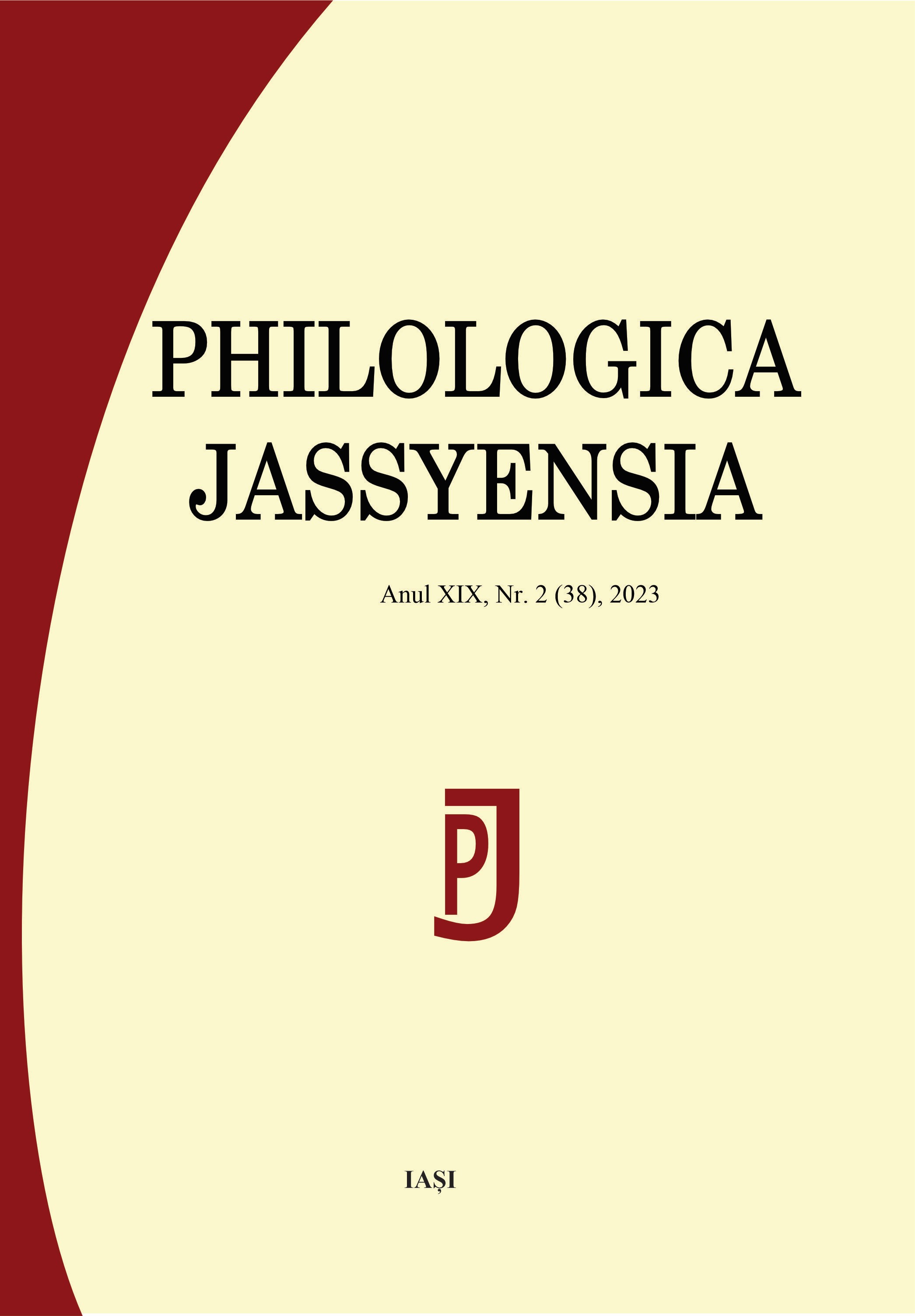Onomastica în limbajul astronomic românesc. Denumirile de constelații
Onomastics in Romanian Astronomical Language. The Names of the Constellations
Author(s): Elena TambaSubject(s): Semiotics / Semiology, Descriptive linguistics, Philology
Published by: Editura Tracus Arte
Keywords: constelations; astronomical terminology; popular terminology; scientific terminology; lexicography;
Summary/Abstract: The type of contrastive analysis carried out by the TAFOC research project is a necessity both for Romanian lexicography and for linguistic research on terminologies in general, because this lexical field – of astronomy, and of the names of the constellations, which has not been studied in detail until now – involves a series of interesting problems in terms of semantics, belonging to common/popular (dialectal) language or/and scientific language, etymology, points of overlap with asterisms or other cosmic objects, synonymy, etc. This analysis was carried out within the project “Romanian Astronomical Terminology scientific vs. popular. Phenomena, cosmic objects and constellations” – TAFOC, funded by UEFISCDI (project code PN-III-P4-ID-PCE-2020-1277), coordinated by CS I Dr. Cristina Florescu, conducted between 2021–2023, at the “Alexandru Philippide” Institute of Romanian Philology, from the Romanian Academy – Iași Branch.In order to be able to analyse the class of the names of the constellations, it was necessary to understand the changes in perspective in defining the concept of constellation. Basically, the change of perspective in astronomy means defining a constellation by its boundaries (indicated by its scientific coordinates) and not by its imagistic model/pattern (as until the early 20th century). Therefore, the names of the constellations are the result of collective imagination.The studies carried out as part of the TAFOC research project are all the more valuable as they offer a perspective that involves an interweaving of information of an astronomical nature with that of a linguistic nature (lexical, etymological, etc.). A particular merit of this work lies in the fact that the interdisciplinary team (linguists – lexicographers, toponymists, dialectologists and astronomers) has succeeded in achieving semantic, terminological dissociations, clearly marked in the DAFOC (but also in studies), where until now the situation was rather ambiguous.
Journal: Philologica Jassyensia
- Issue Year: XIX/2023
- Issue No: 2 (38)
- Page Range: 89-101
- Page Count: 13
- Language: Romanian

